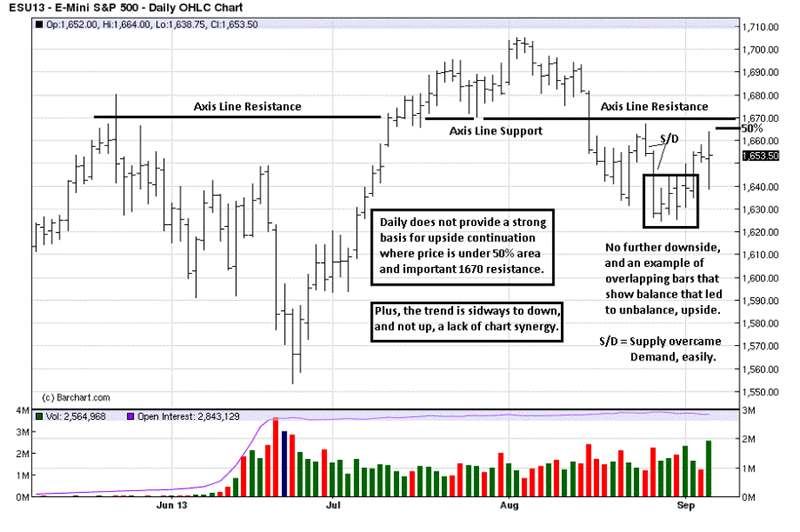Upside Signs of Hope for Stock Investors
Post on: 11 Июнь, 2015 No Comment

ENLARGE
Retailers are on pace to top last year’s haul. Associated Press
Stock markets have responded. The iShares MSCI ACWI Index exchange-traded fund, which tracks world-wide stocks, jumped 3.6% this past week, although it remains down 7.4% for the year, not including dividends. Gold, that favorite holding of the deeply worried, has tumbled since September, and cash inflows have withered for ETFs that track the metal.
Worries still abound, but investors who have been waiting for a better time to get back into the stock market should stop waiting.
By the time the news has turned decisively good, stocks will likely have risen a great deal, says John Linehan, director of U.S. equities at T. Rowe Price Group. a mutual-fund manager.
Mr. Linehan remains wary of the economy, but he says companies are stuffed with cash and that a decade of poor performance has reset valuations at affordable levels. In the U.S. the Standard & Poor’s 500-stock index trades at 13 times trailing operating earnings, down from an average of more than 20 over two decades through 2008.
I’m no Pollyanna, says Adrian Day, an Annapolis, Md.-based asset manager who oversees $170 million. But a lot of fears, even rational ones, seem already discounted in the market.
ENLARGE
Jobless claims are the lowest since April 2008. Getty Images
It might seem tempting to stay in cash until next year’s U.S. presidential election has passed, or Europe has stabilized, but that would be a mistake, says Adam Patti, chief executive of IndexIQ, which devises specialty investment indexes. Even if you could predict the events, you don’t know what the market’s reaction will be, he says.
Investors who try to base their moves on events fall prey to a common mistake, says Stuart Ritter, a certified financial planner at T. Rowe Price. They assume the way things have been recently is how they are going to be in the future. We’re hard-wired to see patterns and project them, he says. That’s just how we’re built.
As an example, some mutual-fund investors endlessly chase returns by putting money in funds with the best recent performance, and as a result, tend to favor expensive sectors and asset classes. They’re better off basing decisions on a plan rather than on reactions, Mr. Ritter says.
If gut feelings aren’t the best investment guide, a few tactics can help. Start by deciding ahead of time how to divide money among stocks, bonds, real estate and other assets. An investor who has 30 years to wait out price swings can afford to put a higher percentage in stocks than one who has only 10 years, generally speaking, but there are other factors to consider, and a financial planner can help.
ENLARGE
Reduced interest in gold is among the promising signals for stock investors. Bloomberg News
The shortcut to asset allocation is to buy so-called target-date funds, which gradually turn to a more-conservative mix of assets as shareholders approach retirement. The changes are designed to reflect investor needs and not fears or whims. Fees vary widely. The Fidelity Freedom 2040 fund, which costs $78 a year per $10,000 invested, has more than 80% in stocks. The Vanguard Target Retirement 2020 fund, which costs $17 a year per $10,000, has about 66% in stocks. The T. Rowe Price Retirement 2005 fund, for an investor who already is retired, has about 46% in stocks and costs $58 per $10,000.
A disciplined investor who manages his own mix of assets should probably move more money to European and emerging-market stocks, which have sharply underperformed U.S. stocks this year, says Peter Tuz, president of Chase Investment Counsel, a Charlottesville, Va. money manager. The MSCI Europe and Emerging Markets indexes both recently traded below 11 times earnings, according to MSCI.
Vanguard offers ETFs that track both MSCI indexes. Mr. Tuz likes shares of European companies with exposure to emerging markets, including three food and beverage giants: the U.K.’s Diageo and Unilever and Switzerland’s Nestlé.
Mr. Day says European stocks in particular are being thrown away at the moment, and calls that an opportunity for stock pickers. I’m seeing quality companies at five and six times earnings, with dividend yields at or near double digits, he says. Among his favorites is Spain’s Telefonica. which announced a dividend trim this week but still yields close to 10%. He also likes Norwegian conglomerate Orkla Group and Brisa Auto-Estradas de Portugal, a toll-road operator.
One option to help savers get back into the market is dollar-cost averaging, which works best with mutual funds. The idea is to contribute equal dollar amounts at regular intervals.
Some fans of the approach say it helps investors buy low, because a given dollar amount buys more shares when prices are low than when they are high, but that might be an overstatement. The stock market has historically risen far more often than it has fallen, so delaying purchases tends to have more of a psychological benefit than an economic one, T. Rowe’s Mr. Ritter says.
However, dollar-cost averaging is nonetheless a good idea for investors who can’t otherwise bring themselves to buy for fear the market will drop sharply in the near term, Mr. Ritter says: It’s better to buy gradually than not at all.














